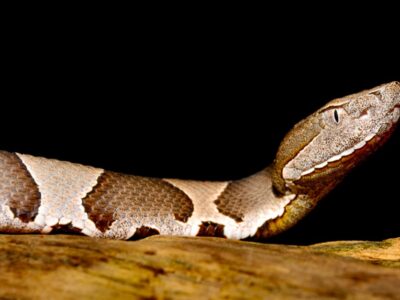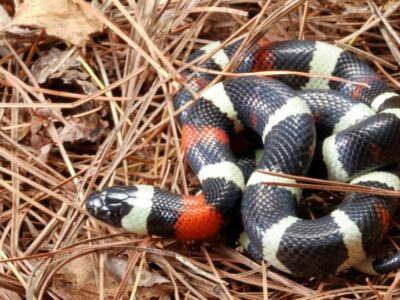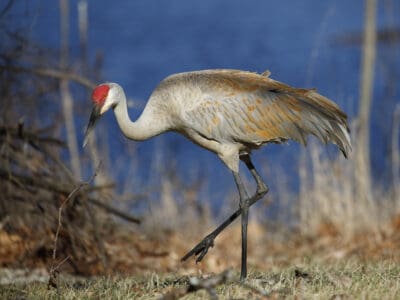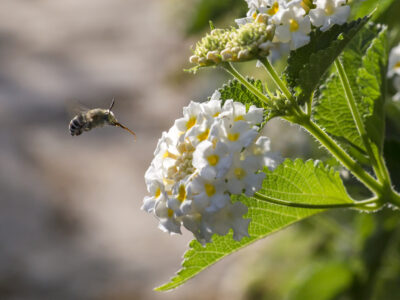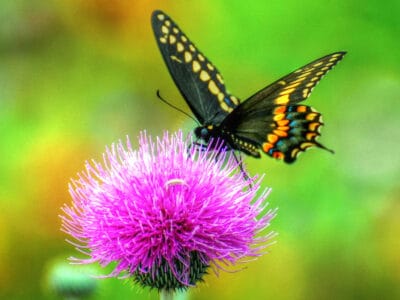Ohio is one of the 12 Midwestern U.S. states. The state features four distinct types of habitats. These four habitats include forests, prairies, wetlands, and the Great Lakes. In these habitats, 67 species of mammals, 39 species of amphibians, 45 species of snakes, and 219 species of birds live. Among these species are the native white-tail deer, cockroaches, Mourning dove, American bullfrog, snapping turtle, black bear, coyote, and bobcat.
The Official Animals of Ohio
Ohio has multiple official state species. These include the state mammal, state bird, state reptile, state amphibian, and state frog.
Official State Mammal of Ohio: White-Tail Deer
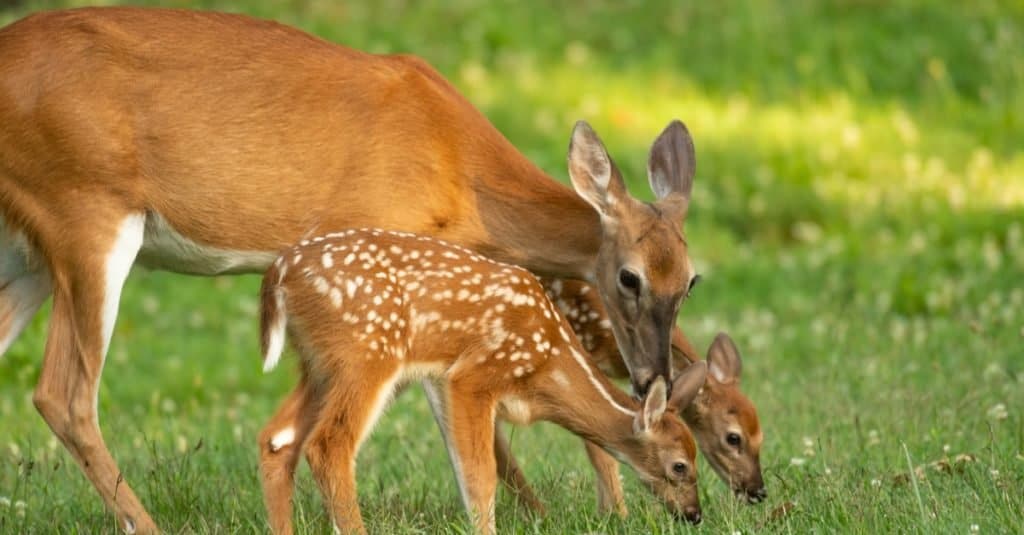
White-tailed deer are the mammal of Ohio.
©Tony Campbell/Shutterstock.com
In 1988, the Ohio State Assembly officially made the white-tail deer (Odocoileus virginianus) the state’s mammal. These deer have lived in the region since the end of the most recent Ice Age and long supplied Native peoples with food, hides, and tools made of the deer’s bones and antlers. There are about 600,000 white-tail deer in Ohio today, according to the Ohio Department of Natural Resources.
Official State Bird of Ohio: Cardinal
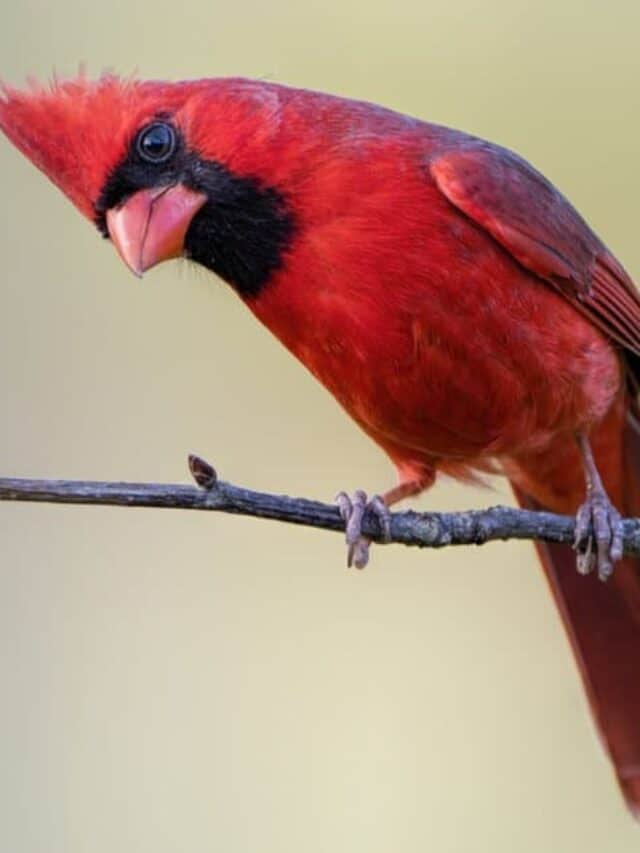
The cardinal is Ohio’s state bird since 1933.
©Bonnie Taylor Barry/Shutterstock.com
Since 1933, the cardinal (Cardinalis cardinalis) has been Ohio’s state bird. When the first European settlers came to the state in the late 17th century, these birds were not common to the deeply forested land. But since the new inhabitants cleared forests throughout the next century, the non-native cardinals moved in and now thrive throughout the state.
Official State Reptile of Ohio: Black Racer Snake
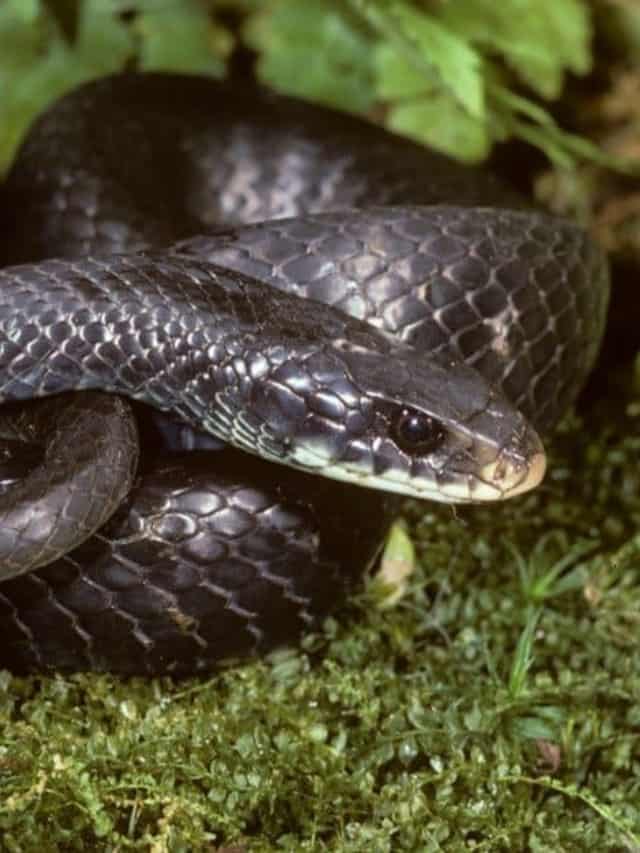
the black racer snake is the reptile of Ohio.
©Breck P. Kent/Shutterstock.com
The Black Racer snake (Coluber constrictor constrictor) became the state’s official reptile in 1995. It won this title because it is so common throughout all habitats of the state and provides valuable service to farmers by hunting rodents that damage crops. There are more than 25 types of snakes in Ohio, including three different venomous species.
Official State Amphibian of Ohio: Spotted Salamander
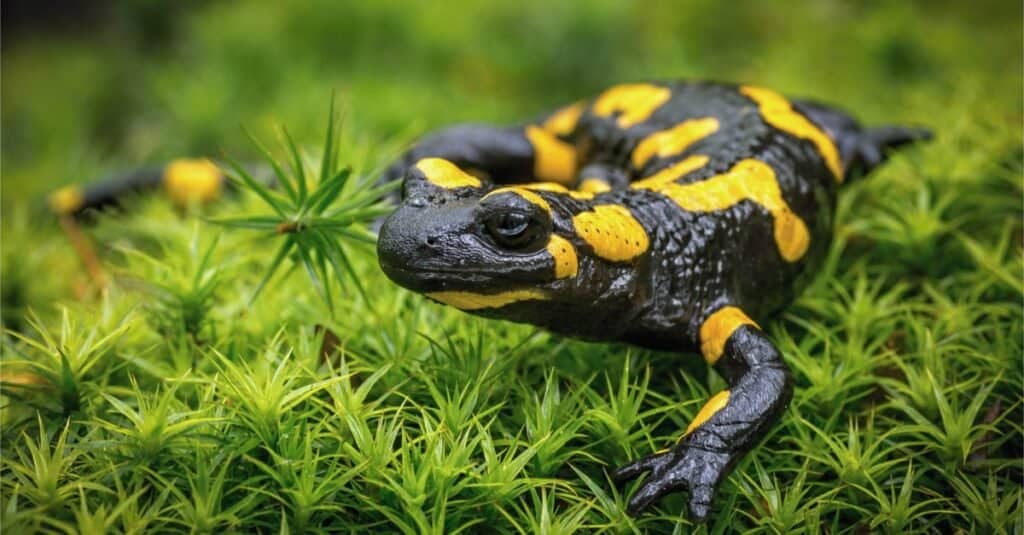
Spotted salamanders are the official amphibian of the state of Ohio.
©Jiri Plekanec/Shutterstock.com
The Spotted salamander (Ambystoma maculatum) is a shared state amphibian by both Ohio and South Carolina. These underground-dwelling and nocturnal salamanders are most commonly found in the state’s low-lying woodlands around creeks, swamps, and ponds. They have rotund bodies with two rows of bright spots on their sides, ranging from yellow to gold.
Official State Frog of Ohio: Bullfrog
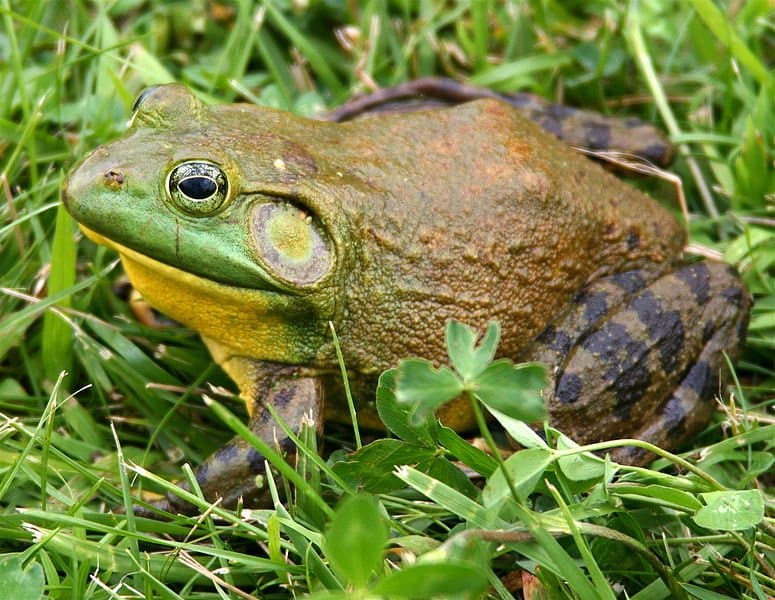
The North American bullfrog (Rana catesbeiana) is the state frog of Ohio.
Along with the state amphibian, Ohio also has a state frog. The bullfrog (Rana catesbeiana) is the largest frog in the U.S. It is known for its throaty, deep call that carries up to a mile. These big frogs live in Ohio’s ponds, slow streams, and marshes and can be seen or heard from April through the end of summer. Bullfrogs live for up to nine years. That is unless they are captured for their legs, an upscale restaurant delicacy.
Wild Animals in Ohio
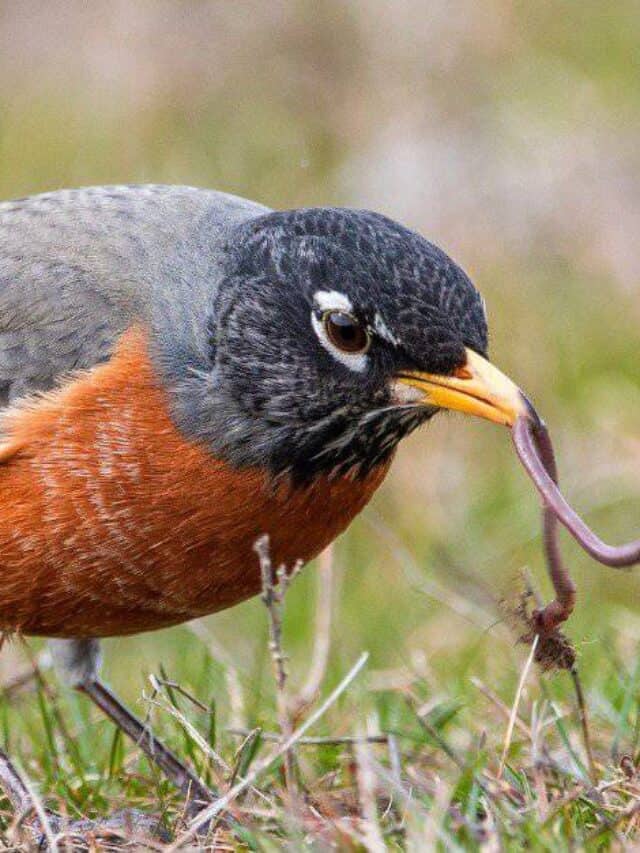
American robins live all over the state of Ohio.
©iStock.com/Mason Maron
Three of the most common mammals in Ohio are the Eastern Grey Squirrel, raccoon, and white-tail deer. In the state, you can also find American black bears, bobcats, and coyotes. The most common birds are the American crow, robin, blue jay, and mourning dove.
The American bullfrog, common watersnake, and Eastern box turtle are the most easily found reptiles and amphibians. In Ohio’s lakes, rivers, and streams, rainbow trout, smallmouth bass, yellow perch, and bluegill sunfish are abundant.
Where To Find The Top Wild Animals in Ohio
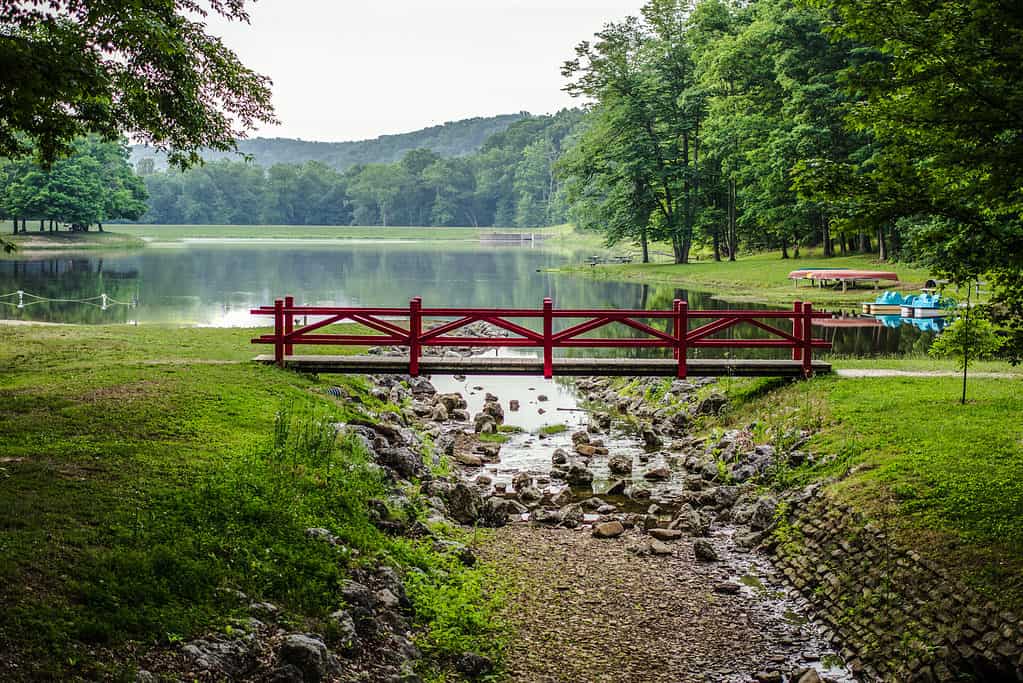
Scioto Trail State Park in Chillicothe, Ohio, is a great place to see wildlife and enjoy nature.
©iStock.com/ehrlif
Ohio has 75 state parks where you can easily spot many of the state’s wild, majestic, furry, and strange species. You can also tour safari parks, farms, ranches, and wildlife preserves that showcase many of the state’s most popular species.
Wildlife preserves are important to wildlife because they provide a safe, natural habitat for animals to live in and protect them from human interference. These protected areas also help conserve biodiversity by preserving the habitats of many different species. Wildlife preserves can also be used as breeding grounds for endangered or threatened species, allowing them to repopulate their area without fear of humans encroaching on their space.
Additionally, these areas can act as research sites that allow scientists to study local animal populations and better understand the effects of climate change on various ecosystems. By protecting these habitats, we can ensure that future generations will have access to the same variety of wildlife enjoyed by our ancestors.
Some of the recommended places for seeing wildlife include:
- Cuyahoga Valley National Park
- Wayne National Forest
- Hocking Hills State Park
- Maumee Bay State Park
- Salt Fork State Park
- John Bryan State Park
- Deer Creek State Park
- Tar Hallow
- Malabar Farm State Park
Ohio Zoos
Ohio is home to many zoo animals, such as elephants, rhinos, giraffes, and more. Zoos are important for wildlife conservation and education. They provide safe habitats for endangered species to live in and breed in a controlled environment. Additionally, they offer visitors the chance to observe wild animals up close while also educating them on their habitat needs and behavior.
Zoos can also benefit the economy by bringing tourists into the state and creating jobs at zoos around Ohio. According to a study conducted by The Ohio State University in 2016, zoos contribute over $115 million dollars of economic impact through direct spending alone each year across all 88 counties of Ohio! Furthermore, these facilities create hundreds of permanent jobs throughout the state that generate tax revenue which helps fund various local projects like schools or parks.
Not only do zoos bring people together from all over the world with their unique attractions, but they also support local businesses outside of their gates as well! In fact, zoo visitors often take advantage of nearby restaurants or souvenir shops during their visit providing an opportunity for additional income for those establishments. With so many benefits associated with these animal-filled tourist attractions, it’s no wonder why there are several popular destinations located throughout Ohio!
Below are the most popular zoos in Ohio:
- African Safari Wildlife Park – Port Clinton, Ohio
- Akron Zoo – Akron, Ohio
- Cincinnati Zoo – Cincinnati, Ohio
- Cleveland Metroparks Zoo – Cleveland, Ohio
- Columbus Zoo – Columbus, Ohio
- The Wilds – Cumberland, Ohio
- Toledo Zoo – Toledo, Ohio
Check out our complete guide to aquariums near Cleveland and across Ohio for more details on seeing aquatic wildlife in Ohio.
The Most Dangerous Animals In Ohio Today
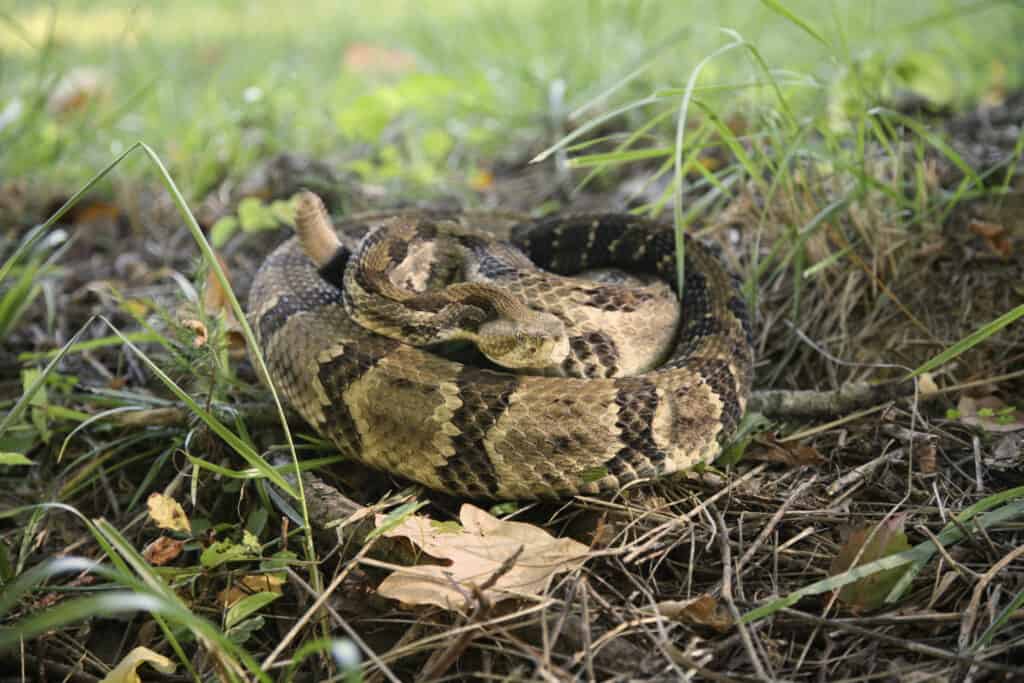
Timber Rattlesnakes are extremely venomous, but they are not typically aggressive. They live in wooded areas in Ohio.
©iStock.com/NajaShots
Ohio has a handful of venomous snakes that pose a threat to humans. Timber rattlesnakes, Eastern Massasauga rattlesnakes, and copperheads are the most common. These snakes can be found in wooded areas or near bodies of water with plenty of shelters, such as rocks and logs. They feed on small rodents or amphibians, which they hunt by hiding beneath leaves and waiting for their prey to pass by. If disturbed, these snakes will coil up defensively and use their rattles to warn potential predators away from them before striking out if necessary.
Turtles like the snapping turtle are also dangerous creatures found in Ohio’s waters. Unlike other turtles, the snapping turtle is highly aggressive when provoked, and its powerful jaws are capable of inflicting serious wounds on those who come too close, making them one of Ohio’s more dangerous animals. The habitats they live in span from warm shallow ponds to streams with muddy bottoms, where they lay eggs during the springtime breeding season around May-June each year.
Lastly, Ohio is home to some species of mammals that can cause harm when threatened, including coyotes, bears, foxes, and raccoons, among others. However, it’s important to note that these animals usually only attack humans when defending themselves or protecting their young, so it’s best not to approach wild animals unless absolutely necessary since you never know what kind of reaction you’ll get!
- Dangerous snakes of Ohio include the Northern Copperhead (Agkistrodon contortrix), Eastern Massasauga Rattlesnake (Sistrurus catenatus), and Timber Rattlesnake (Crotalus Horridus). These are the only three deadly snakes of 45 species found in the state. According to the Centers for Disease Control and Prevention, the Northern Copperhead is responsible for the most snake bites in the U.S. each year. But few of these have fatal results and typically happen because someone steps directly on the snake. There are only two recorded deadly bites by the Eastern Massasauga, both more than 50 years ago. The Timber Rattlesnake is endangered and tends to flee rather than attack humans. Still, if any of these snakes bite you, it is important to get to a hospital right away.
- The Common Snapping Turtle (Chelydra serpentina) is capable of biting a human finger or toe off. There are no records of this happening in the state of Ohio, but these turtles will aggressively defend their nest against humans.
- Undoubtedly, the most deadly animal in Ohio is the native white-tail deer (Odocoileus virginianus). This sounds strange at first. But these pretty and majestic big game species cause more than 20,000 auto accidents in Ohio each year.
- The scariest mammals of Ohio are undoubtedly dangerous. You should avoid interaction with these creatures at all costs. The North American Black Bear (Ursus americanus) is typically afraid of humans but is capable of chasing and attacking people. Other dangerous mammals include the Coyote (Canis latrans) and Bobcat (Lynx rufus).
The 3 Rarest Animals in Ohio
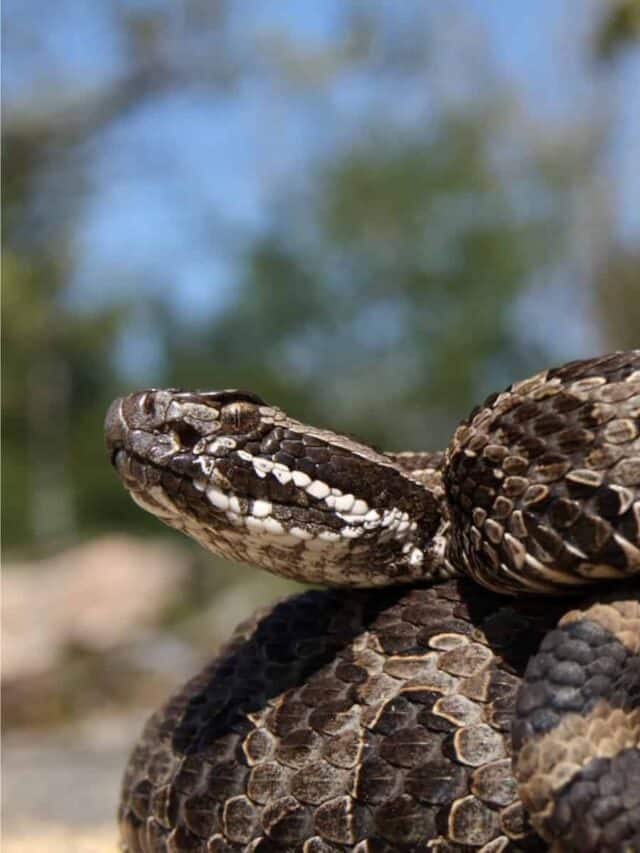
Eastern Massasauga Rattlesnake is the most dangerous animal in Ohio.
©Ryan M. Bolton/Shutterstock.com
The rarest animals in Ohio that are not extinct or endangered are the Eastern Massasauga Rattlesnake, the Northern Long-eared Bat, and the Henslow’s Sparrow.
The Eastern Massasauga Rattlesnake is found primarily in wetland habitats such as marshes, swamps, and bogs. They can also be found in upland forest areas near water sources. The best time to see them is during the months of May through August when they come out of hibernation.
The Northern Long-eared Bat prefers coniferous forests for roosting sites but can also be spotted in deciduous woodlands where there may be more insects available for food. They emerge from their hibernation between April and June, depending on location within Ohio.
Henslow’s Sparrows prefer grassland habitats with short vegetation so they can easily locate food items such as insects, spiders, and seeds on the ground surface. Breeding season runs from mid-May to late July, making this the best time to see these birds out in full force. You can hear them singing their unique song while searching for mates and nesting sites among tall grasses or wetlands.
The Two Biggest Animals in Ohio
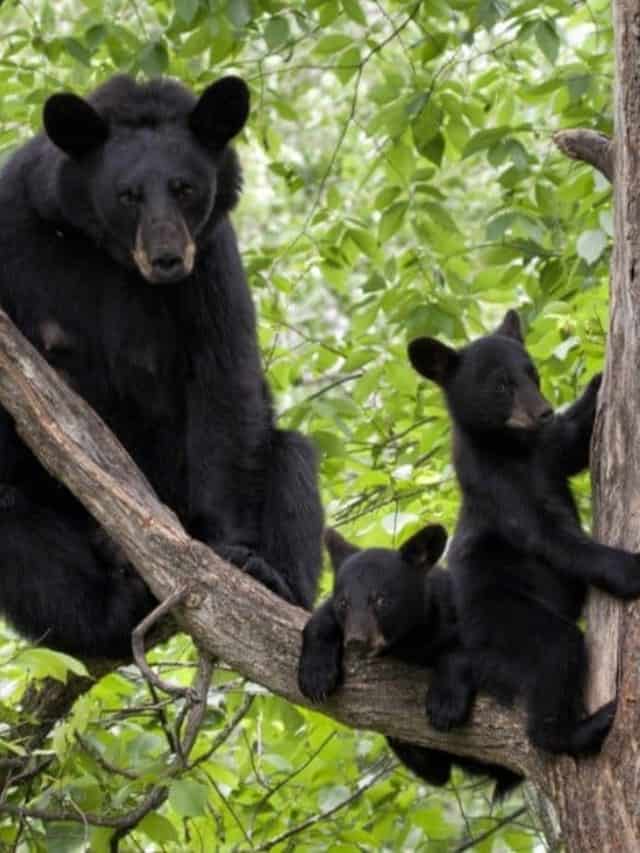
Due to overhunting, there are only 50-100 black bears left in Ohio.
©iStock.com/dssimages
The largest animals in Ohio are the White-tailed deer and black bear. White-tailed deer reach 3-5 feet tall and weigh between 110 to 300 pounds, depending on sex and age. These mammals can be found living in forests, meadows, swamps, or fields all across Ohio year-round, with peak activity occurring at dusk or dawn.
The black bear tops out at 4 feet tall and 250 lbs for males, with females being slightly smaller than males. They make their home in wooded areas such as mountainsides or thickets where food sources like insects or fruits are plentiful but avoid human interference whenever possible, so it may take a while before you get a chance to catch sight of this animal! The best time to catch glimpses of black bear sightings is typically late spring through early fall when they come out looking for food sources near populated areas like campgrounds or hiking trails.
Residents of Ohio can help black bears and white-tailed deer by following the safety regulations set in place for hunting season, keeping their distance from wild animals if they encounter one, not feeding them human food as it is unhealthy for them, and reporting any nuisance or injured animal to a wildlife rehabilitation center. Additionally, people can plant native vegetation, such as trees and shrubs, that provide shelter and food sources for these animals. Finally, helping to reduce pollution helps all species in Ohio’s ecosystem.
Endangered Animals In Ohio
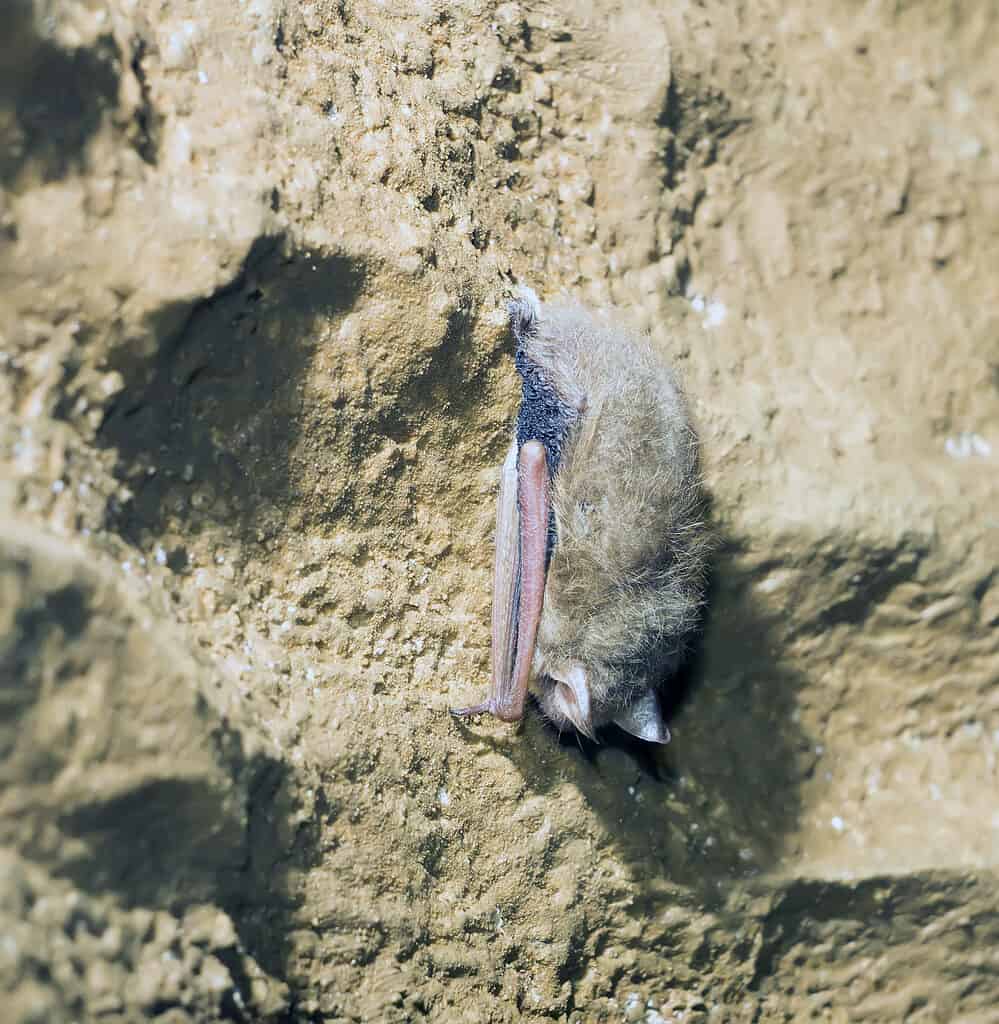
The Indiana bat is an endangered species in Ohio.
©IrinaK/Shutterstock.com
Ohio is home to a wide variety of animals, some of which are endangered species. Endangered animals in Ohio include the Indiana bat, the Northern long-eared bat, Karner blue butterfly, and Kirtland’s warbler. These species are threatened by human activities such as land conversion for agriculture or urbanization and pollution that can lead to habitat loss or degradation. Additionally, invasive species like zebra mussels can compete with native wildlife for food and resources.
To help protect these vulnerable species, Ohio residents must take action to limit their environmental footprint by using less energy, reducing waste production, and driving fewer miles when possible. Residents should also consider supporting organizations that work on conservation efforts across the state, such as The Nature Conservancy or the International Crane Foundation which have worked hard to protect wetland habitats in order to provide homes for many of Ohio’s endangered animals.
Finally, it is important for people living in Ohio (and everywhere else) to be educated about local ecosystems and understand how their day-to-day decisions impact biodiversity levels around them. By adopting sustainable practices at home, we can create an environment where our endangered wildlife has a chance at survival!
Endangered species of Ohio include:
- Indiana bat – A bat that lives throughout the state in caves and mines
- Kirtland’s Warbler – A bird that migrates along the Lake Erie shoreline
- Piping Plover – A bird that lives on the beaches of Lake Erie
- Scioto Madtom – A fish living in streams of four counties
- Clubshell mussels – Found throughout the state in streams and small rivers
- Fanshell mussels – Found in rivers and streams with swift current
- Northern Riffleshell mussels – Mussels found in Lake Erie, large streams, and small rivers
- Pink Mucket Pearlymussel – A mussel of the Lower Ohio River and its tributaries
The Flag of Ohio

The state flag of Ohio waving in the wind.
©Joseph Sohm/Shutterstock.com
The flag of Ohio is unique among all US state flags due to its swallow-tailed burgee shape. This distinct shape serves to represent the roads and waterways that traverse through the state, while the triangle in the center symbolizes hills and valleys. The stars strewn across this iconic flag reference the colonies and states of which Ohio is a part, with a white and red centered bullseye representing Ohio’s proud nickname as “the Buckeye State.”
Ohio’s flag has been used since 1901 when it was first adopted by then-governor George Nash after being designed by John Eisemann. Throughout history, various changes have been made to modernize or simplify its design; for example, the number of stars was changed from 13 (in recognition of former colonies) to 18 (to recognize current states). In 2002 an updated version was released, including brighter colors making it easier for people to spot from afar.
This beloved banner continues today as a unifying symbol throughout Ohio – cheering on sports teams at games or waving vigorously during parades – ensuring that no matter where you are in this diverse state, everyone can come together behind one common identity, the beautiful state of Ohio that they call home!
Native Plants in Ohio

Yellow trout lilies grow wild in Ohio.
©Gerry Bishop/Shutterstock.com
The state of Ohio is a fairly warm state, with moderate-high and low temperatures. As a result, plenty of flora and fauna species have made the state their home. Some native plants in Ohio include yellow trout lily, butterfly weed, and white snakeroot, among others.
Common types of grasses found in Ohio include switchgrass and big bluestem, while some of the most popular tree species are white ash, black walnut, and sycamore maple. Wildflowers such as blue vervain, yellow pond-lily, and cardinal flower can be found throughout the state. Shrubs like red chokeberry, spicebush, and smooth sumac populate wooded areas in Ohio. Each type of plant provides a unique habitat for animals living in the area or serves an important purpose in pollination or seed dispersal.
Ohio is also home to 99 different species of trees that not only create a beautiful landscape but also contribute to the overall health of the environment. From providing shelter and food for wildlife to creating clean air and shady breaks from the hot sun, Ohio trees are an important member of the state’s ecosystem. To learn more about this state’s trees, here are 12 beautiful trees native to Ohio.
More Articles Related to Ohio
Read about:
- extinct animals that lived in Ohio.
- black snakes in Ohio.
- the coldest place in Ohio.
- the types of hawks in Ohio.
- the species of ticks in Ohio.
- venomous spiders in Ohio.
- the largest forest in Ohio.
- the largest rainbow trout ever caught in Ohio.
- amazing waterfalls in Ohio.
- the best national parks in Ohio.
- the best dog parks in Columbus, Toledo, Cleveland, and Cincinnati, Ohio.
- discover the snowiest place in Ohio.
Ohioan Animals
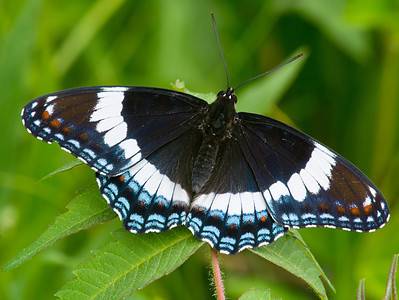
Admiral Butterfly
Stunningly beautiful wings
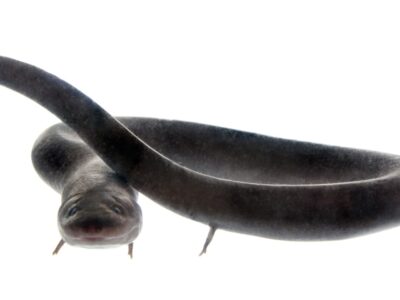
American Eel
Don't eat raw eel! Their blood is poisonous to humans when consumed raw.
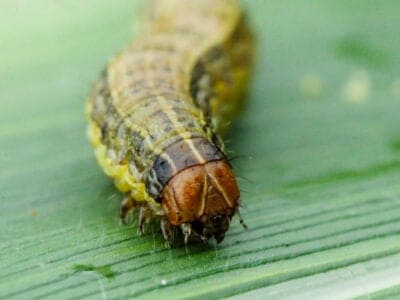
Armyworm
They are so named because they "march" in armies of worms from one crop to another in search of food
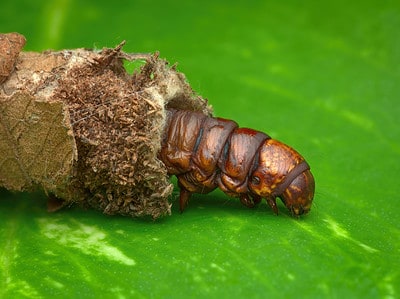
Bagworm Moth Caterpillar
They continually enlarge their protective cases
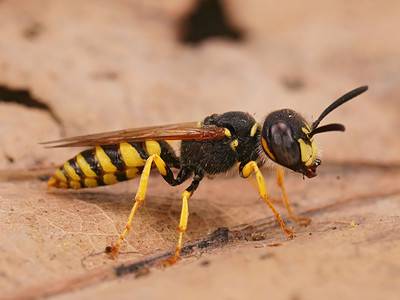
Beewolf wasp
They hunt bees
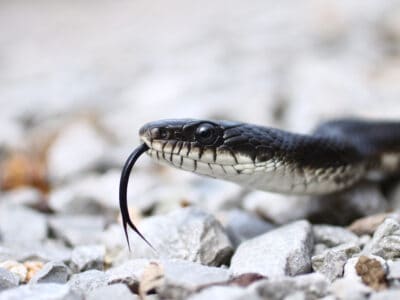
Black Rat Snake
They're also called black pilot snakes due to a myth that they "pilot" venomous snakes to a den where they can go into brumation for the winter.
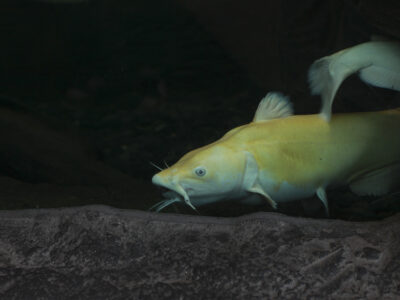
Blue Catfish
It's a strong fighter when caught on a fishing line
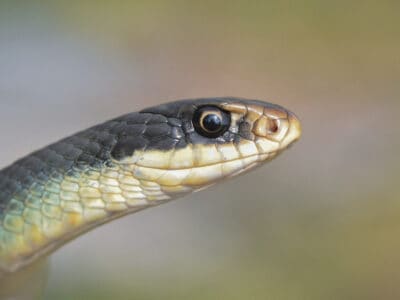
Blue Racer
Some blue racers have smooth scales that are solid electric blue while others are grayish or brownish.
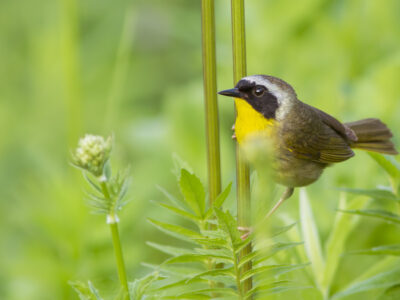
Common Yellowthroat
The Common Yellowthroat stays close to the ground and uses stealth to survive!
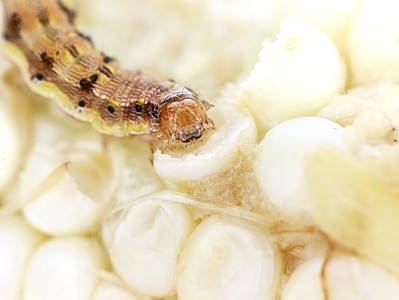
Corn Earworm
The corn earworm is capable of devouring an entire crop in just a few days
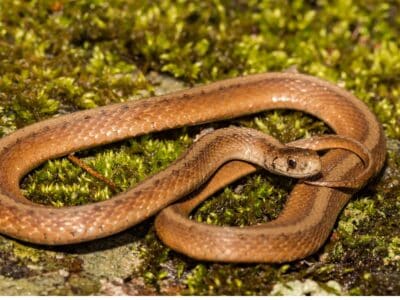
De Kay’s Brown Snake
They have specialized jaws for removing snails from shells.
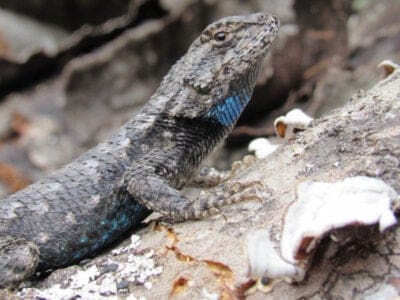
Eastern Fence Lizard
Females are usually larger than males.
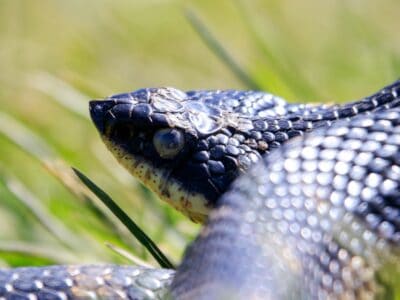
Eastern Hognose Snake
Eastern hognose snakes are venomous, but only to frogs and toads.
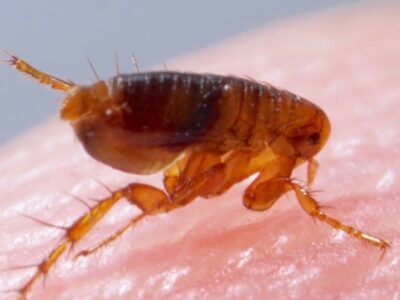
Flea
Adult fleas can jump up to 7 inches in the air
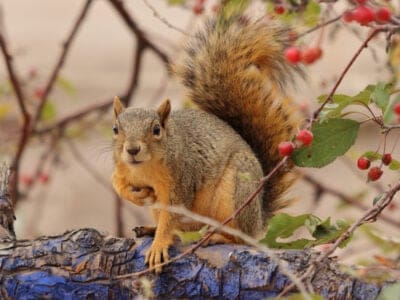
Fox Squirrel
Although it is a tree squirrel, it spends most of its time on the ground.
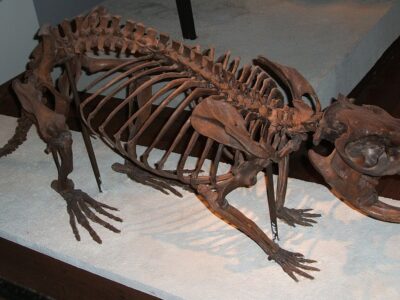
Giant Beaver
The Giant Beaver are not closely related to modern beaver at all.
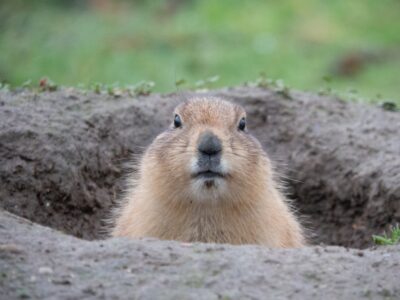
Groundhog (Woodchuck)
They whistle to each other to warn of approaching danger!
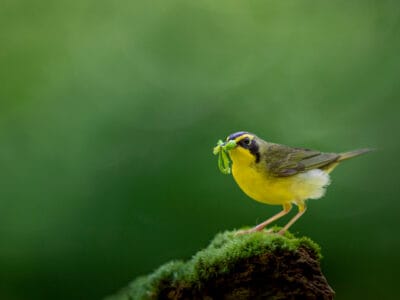
Kentucky Warbler
The Kentucky Warbler appears to wear bright yellow cat-eye glasses!
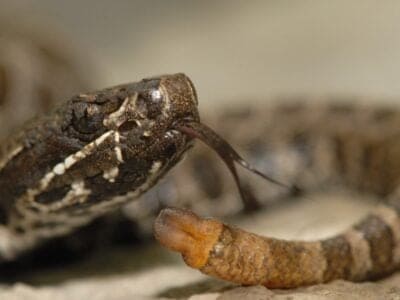
Massasauga
The name “Massasauga” comes from the Chippewa language, meaning “Great River Mouth”.
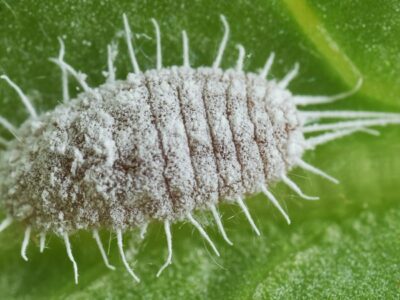
Mealybug
They have a symbiotic relationship with ants.
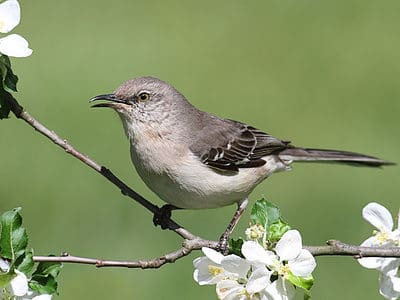
Mockingbird
Mockingbirds are incredible mimics that can learn hundreds of songs!
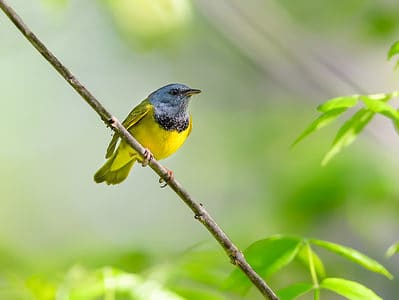
Mourning Warbler
The Mourning Warbler was named for its gray head, which resembles a mourning veil!
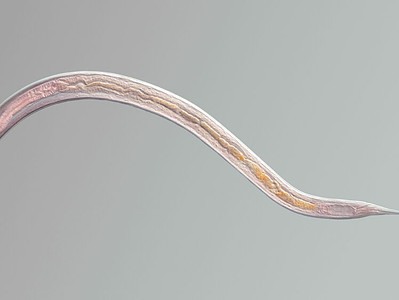
Nematode
Nematodes range in size from 1/10 of an inch to 28 feet long
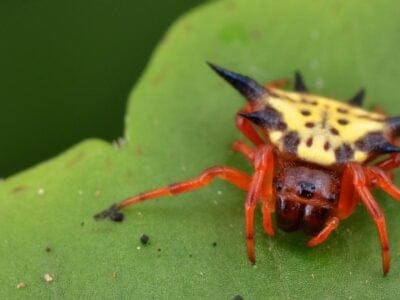
Orb Weaver
Females are about four times the size of males
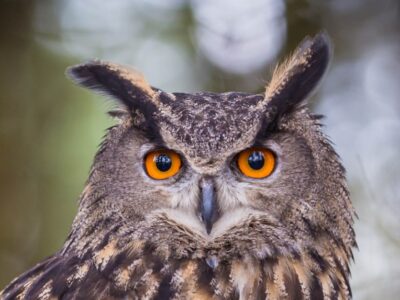
Owl
The owl can rotate its head some 270 degrees
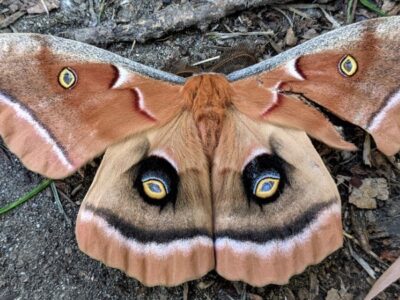
Polyphemus Moth
The Polyphemus moth doesn’t and can't eat, except when it's a caterpillar!
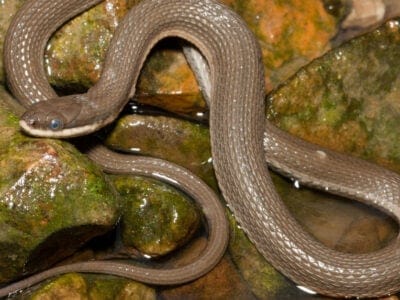
Queen Snake
Queen snakes have armor-like scales on the top of their head

Rat Snakes
Rat snakes are constrictors from the Colubridae family of snakes.
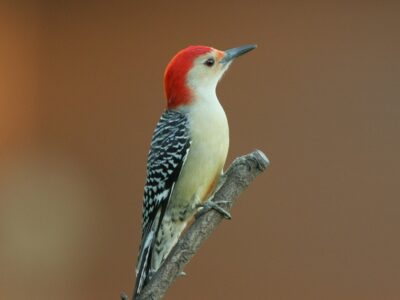
Red-Bellied Woodpecker
Red-Bellied Woodpeckers will often steal the nests of other birds.
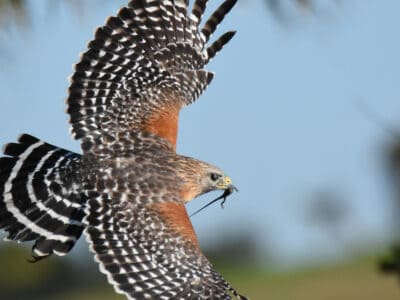
Red-Shouldered Hawk
Red-Shouldered Hawks reuse the same nesting area each year.
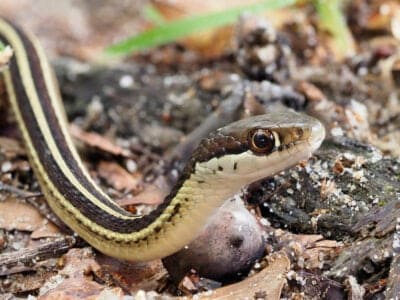
Ribbon Snake
Ribbon snakes love water, but are excellent climbers too.
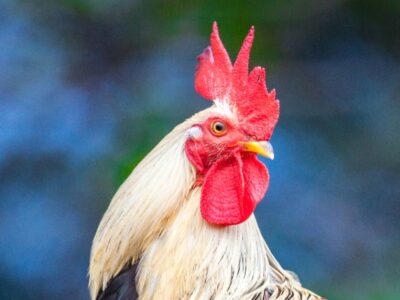
Rooster
Will mate with the entire flock!
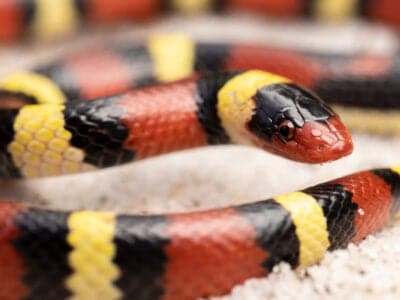
Scarlet Kingsnake
Scarlet kingsnake’s pattern is an example of Batesian mimicry.
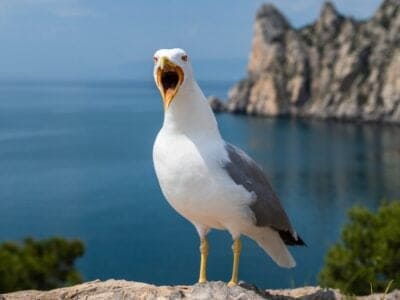
Seagull
Some gulls are capable of using tools
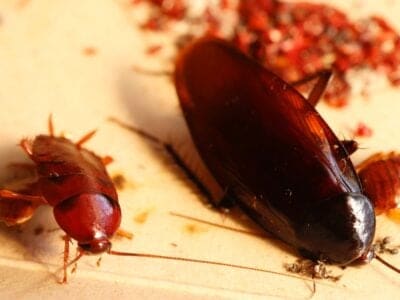
Smokybrown Cockroach
Has up to 45 eggs per egg case
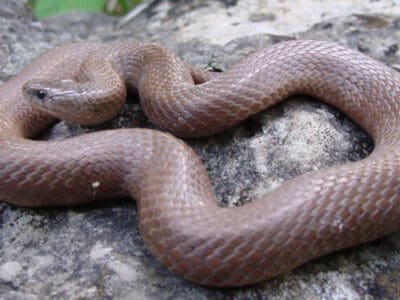
Smooth Earth Snake
Valeria Biddle Blaney (1828-1900) collected the first specimen in Maryland.
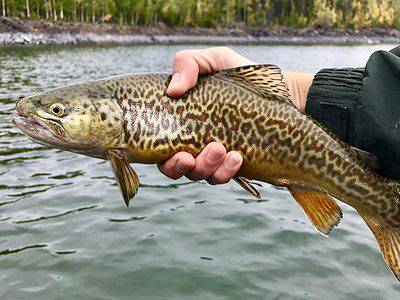
Tiger Trout
As tiger trout are sterile, they cannot produce offspring. However, they do have relatively long lifespans and can live up to 10 years in captivity.
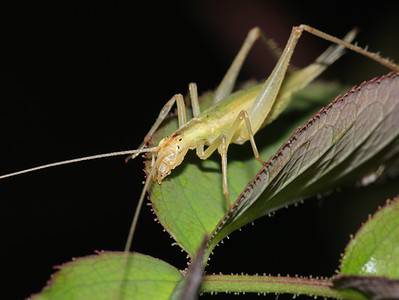
Tree Cricket
They make music with their wings
Ohioan Animals List
- Admiral Butterfly
- Agkistrodon Contortrix
- American Eel
- Armyworm
- Bagworm Moth Caterpillar
- Beewolf wasp
- Black Rat Snake
- Blue Catfish
- Blue Racer
- Common Yellowthroat
- Corn Earworm
- De Kay’s Brown Snake
- Eastern Fence Lizard
- Eastern Hognose Snake
- Flea
- Fox Squirrel
- Giant Beaver
- Groundhog (Woodchuck)
- Kentucky Warbler
- Massasauga
- Mealybug
- Milk Snake
- Mockingbird
- Mourning Warbler
- Nematode
- Orb Weaver
- Owl
- Polyphemus Moth
- Queen Snake
- Rat Snakes
- Red-Bellied Woodpecker
- Red-Shouldered Hawk
- Ribbon Snake
- Rooster
- Sandhill Crane
- Scarlet Kingsnake
- Seagull
- Smokybrown Cockroach
- Smooth Earth Snake
- Southeastern Blueberry Bee
- Swallowtail Butterfly
- Tiger Trout
- Tree Cricket
Animals in Ohio FAQs (Frequently Asked Questions)
What kind of animals live in Ohio?
Ohio is home to 67 mammal species, 39 amphibian species, 45 snake species, 219 bird species, 170 fish species, 100 mollusk species, and 20 crustacean species. In the rodent family, there are seven species of squirrels, one species of beaver, one species of porcupine, two species of jumping mice, three species of Old World rodents, and 11 species of New World mice, rats and voles. Overall, the state has at least 25 types of rodents. Some of the most common animals include the white-tail deer, raccoon, American bullfrog and black bear.
What is the most dangerous animal in Ohio?
The most dangerous animal in Ohio is the white-tail deer. Although the deer does not attack humans, it is the cause of more than 20,000 auto accidents in the state each year. Most of these accidents occur when the deer attempt to cross roadways at night. These accidents result in millions of dollars of property damage, personal injuries and fatalities on an annual basis.
What is the most common animal in Ohio?
The most common animal in Ohio is the Eastern Grey squirrel. Others commonly spotted in the state include the raccoon and the white-tail deer. The Eastern Grey squirrel is an animal you can see every day, even in urban environments with lots of trees. Raccoons are nocturnal, but also highly common in urban areas because they are opportunists. They feed on garbage and often live in man-made environments like roof eaves, attics and out-buildings. White-tail deer are the state’s most visible large game, although they typically live outside of urban areas.
What is the rarest animal in Ohio?
The Timber rattlesnake, one of the country’s deadliest snakes, is also one of Ohio’s rarest. There are fewer than 50 living in the state today, spread out through eight counties. The snakes are endangered because they have lost much of their habitat to urban development. Because the snakes return to the same place to build a den and raise their young each year, diminishing habitat affects reproduction.
What spiders live in Ohio?
Ohio is home to dozens of spider species. Some more notable species include the Mediterranean recluse, the barn funnel weaver, and the tan jumping spider.
What is the strangest animal in Ohio?
A strange animal in Ohio is found in the state’s rivers and streams. This animal is the lamprey, a blood-sucking animal that attaches its disc-shaped jaw to fish to feast on their blood. There are seven species of lamprey in the state, including the non-native sea lamprey.



